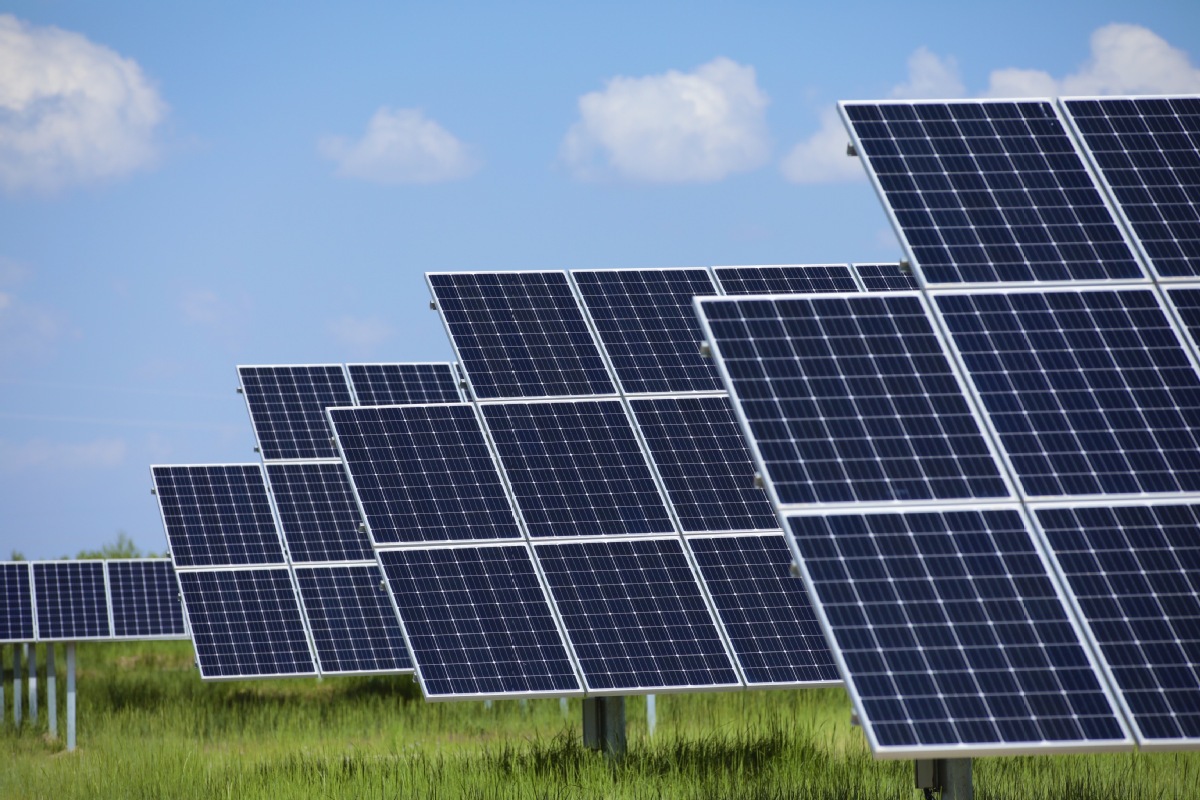Qinghai takes big steps in ecological protection, economic prosperity
By ZHANG ZHOUXIANG CHINA DAILY Updated: Sept 05, 2022

Qinghai province in the Qinghai-Tibet Plateau has focused on both ecological protection and economic prosperity in the past 10 years, Xin Changxing, secretary of the Communist Party of China Qinghai Provincial Committee, said at a news conference on Wednesday.
"For the past 10 years, we have increased the number of real-time environmental monitoring cameras from six to 46, through which we have observed Tibetan antelopes, Tibetan wild donkeys and wild yaks appearing more frequently," Xin said. "They are good barometers of the good natural conditions and harmony between man and nature in the province."
For the past 10 years, the population of Tibetan antelopes has recovered from less than 20,000 to 70,000, Tibetan wild donkeys have increased to 80,000, while the amount of Przewalski's naked carp, a unique species in Qinghai Lake, has increased 42-fold.
Snow leopards, an indicator animal of the plateau, were frequently photographed in the province.
Researchers from the Shanshui Conservation Center alone have taken over half a million photographs of snow leopards in Qinghai in the past 10 years, from which at least 400 snow leopards could be identified.
Besides wildlife protection, Qinghai has also been expanding the green energy industry by developing clean energy sources. The period of sunlight in Qinghai exceeds 3,600 hours every year, which is the most in the country, and is able to provide 3.5 billion kilowatt-hours of electricity from solar energy every year in theory. In addition, about 70 million kWh of electricity could be generated from wind power in the province. Geothermal energy, natural gas and shale gas are also in the energy mix.
"Clean energy accounts for 91 percent of all energy sources in the province, and Qinghai's clean energy contributes 18 percent of all clean energy in the country," Xin said. "Even the Beijing Daxing International Airport now uses green energy from Qinghai."
Wu Xiaojun, governor of Qinghai province, echoed Xin by introducing the Three-River-Source National Park. "It is the first national park in China, with a size of 190,700 square kilometers," Wu said. "And it protects the sources of three rivers, namely the Yellow River, Yangtze River and the Lancang River."
Thanks to the protection of the natural environment in previous years, the water leaving Qinghai had increased from 60 billion cubic meters to over 90 billion cubic meters.
Xin also said the province has invested 75 percent of its budget on improving people's livelihoods, which had raised the average personal disposable income by 126 percent in the past 10 years.
All 42 poor counties, 1,622 poor villages, and 530,900 poor residents were lifted out of poverty a year ahead of schedule, Xin said.
![]()





